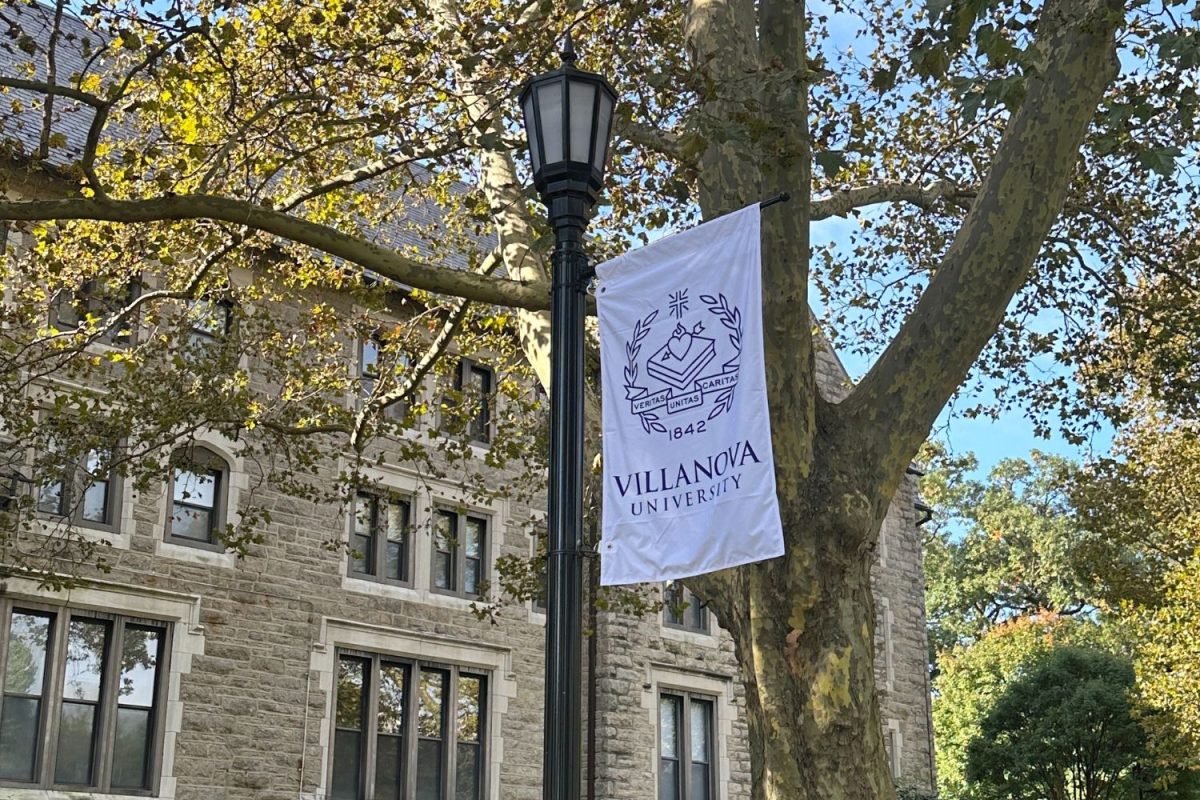According to College Board data, the average cost of annual tuition in the United States for public, four-year colleges is $10,740 for state residents and $27,560 for out-of-state residents living off-campus. Annual room and board costs are an additional $11,950 to the cost of college.
Since attending college is getting more expensive, many students choose not to attend, creating fewer opportunities for upward mobility, and widening health disparities and racial gaps. People who decide to attend often try to save money in other ways leading to food and housing insecurity. One in every three college students needs more to eat as well as stable housing. Students often reduce their food intake, skip meals, and decide to purchase cheaper, less nutritious food. Some students even sleep in their cars, “couch-surf,” or are homeless.
To cover some costs of college, students often resort to seeking out loans. One in five adults (forty-five million Americans) have student loan debt. Americans have $1.75 trillion in total student loan debt. Since many students rely on loans, the Biden administration hopes to ease the transition back into repayment by forgiving up to $20,000 in student debt for tens of millions of students.
However, politicians like Bernie Sanders argue that minimal student loan forgiveness won’t tackle the real issue. Instead, make public colleges and universities tuition-free, and cancel all student debt.
Yes, college should indeed be free because it will lead to increased accessibility, less student loan debt, and a more educated population.
In a study published by Statista Research Department, only 37.9 percent of the U.S. population who were aged 25 and above had graduated from a higher education institution. The study concluded that education levels were correlated with wealth but the cost of attending a four-year university is out of reach for many Americans.
The main goal of free college is increasing educational attainment. People from low-income households won’t be held back and will have access to higher education.
Free college results in less student loan debt. As mentioned previously, student loan debt is skyrocketing, and its effects on students are causing them to take desperate measures to afford university. It is common for graduates with debt to delay major milestones or aspirations such as starting a business, traveling, getting married, or buying a home. However, if tuition is free, students will take on significantly fewer student loans. Without these loans, graduates are more willing to take chances and achieve their goals.
Finally, free college will lead to a more educated population. Free college leads to improved graduation rates. Since more people are completing university, more people will be educated. This increased education is good for the economy since students will earn just over 25 percent more. Along with this, pursuing higher education, such as a master’s or doctorate, will further improve earnings.
Those who oppose free college education often refer to an increase in taxes. However, since an educated population is earning more money, they can pay more taxes and support free education. According to College Board research, four-year college graduates paid, on average, 82% more in taxes than high school graduates. For those with a professional degree, average tax payments were more than three times as high as those of high school graduates.
22 countries around the world offer tuition-free and low-tuition colleges. One of these countries is Germany. Education in Germany is publically funded and colleges are given a budget to provide free tuition for both national and international students by the education ministry. This system of state financial assistance has been in place since 1971 since the initiative ensures economic growth and welfare for the greater population. The budget Germany’s education ministry gives to universities is taken from tax revenue.
Currently, companies such as Walmart, McDonald’s, T-Mobile, etc., have programs that help cover the cost of going back to school for employees. Corporations are willing to cover some of the tuition costs because employees who pursue post-secondary education gain new general skills. These new skills help improve company productivity and increase employee engagement.
Student aid programs companies offer can be replaced by using corporate tax to fund higher education. In 2021, the federal government collected $4.0 trillion in revenue. Out of this, 6% was corporate tax. The US government could use a portion of this to pay for free college tuition. This would be in the best interest of companies because part of their tax revenue would be used to obtain a trained workforce without having to offer special plans.
College should be free because it will lead to increased accessibility, less student loan debt, and a more educated population.















Kairav • Sep 7, 2024 at 1:16 am
A few issues with free college–
1. A society can not run solely on people with bachelor’s degrees. Trades are also important, and pushing everyone into academic degrees will lead to a shortage of people with vocational degrees. People in trades make less money but are as necessary as college graduates for construction sites, factories, electrical companies, etc to have labor. This problem is becoming prominent in California right now. A PPIC report finds the shortage of semi-college-educated labor could be as high as 1.5 million, compared to college-graduate labor having a shortage of just 1 million. Even now, with many people not getting a bachelor’s degree, there is a shortage of people getting vocational and associate degrees. Increased accessibility to colleges sounds wonderful until you realize that you need some people to actually not go to college. Unless you start mandating who goes to college and who doesn’t, the moment you open up a way for everyone to get into higher-paying jobs, most people will take that route– and that’s how California now has a larger shortage of people entering trade jobs than shortage of people entering college-graduate jobs.
2. There is also, oh the horrors, a need for completely unskilled labor, without even a trade education. Lower wages than anything else, yes, but necessary until the world is completely automated. We are not in a post-industrial society, and so we unfortunately still need unskilled and semiskilled labor. If you send everyone to college, you get a lot of unemployed college-educated people– Statista reports that almost 115_000 people with a higher education are unemployed in Sweden. In the US, if college becomes even cheaper, that number will likely become higher, leading to over-educated labor that can’t find jobs requiring the higher education it received.
3. The US government funding college education is more complicated than having the money. The $4.0 trillion dollars mentioned in this article is all being spent right now, To use “a portion of this to pay for free college tuition” would require diverting money from somewhere else. What would the government cut for this? Choose between social security, the defense budget during a time of high global tensions, and the countless other programs vital to life in America. No, funding a program like this would require either issuing more debt of raising taxes to generate more revenue– there isn’t “spare money” in the US budget, it is stretched to its limit. Even if the program generates enough additional tax revenue later to pay for itself, it will require a large initial investment to get started and the return on investment will take time to kick in. With the US budget deficit over 1.5 trillion dollars, the country struggling with inflation, and a nearly 122% debt-to-GDP ratio, this is not the right time to start creating even more debt and then spending billions on making college free when there is no serious shortage of college-educated labor at the moment. A Georgetown University study estimates that after 10 years the cumulative cost of a free college program could be $414.9 billion even after taking existing financial grants into account. That’s almost half a trillion dollars in either debt or increased taxes that is being considered– suddenly, free college doesn’t sound so hot in the present economy.
Improving earnings for high school graduates is a good idea until there is no longer a demand for college-educated labor, and there is in fact a shortage of less skilled labor. Already in states that make college highly affordable, the shortage of less skilled labor is higher than that of college-educated labor. Allowed to run its course, this process can quickly lead to college-educated people having to take on jobs where their degrees are not needed at all. Everyone wants to earn more– not everyone can however, since while there are openings for college-educated labor, there are also openings for unskilled labor, in some areas even more than skilled labor. The initial investment required for free college tuition is also high, and raising taxes or issuing more debt to pay for this initial investment is dangerous in an economy that already has a large federal budget deficit, debt, and issues with inflation. With all of this taken into consideration, government-funded free college education can reasonably be considered a problematic policy proposal. College affordability is important, but having the government make college completely free is a step too far.
Any sources I mentioned do have links, but the interface will not let me attach links to this comment so they are sadly omitted.